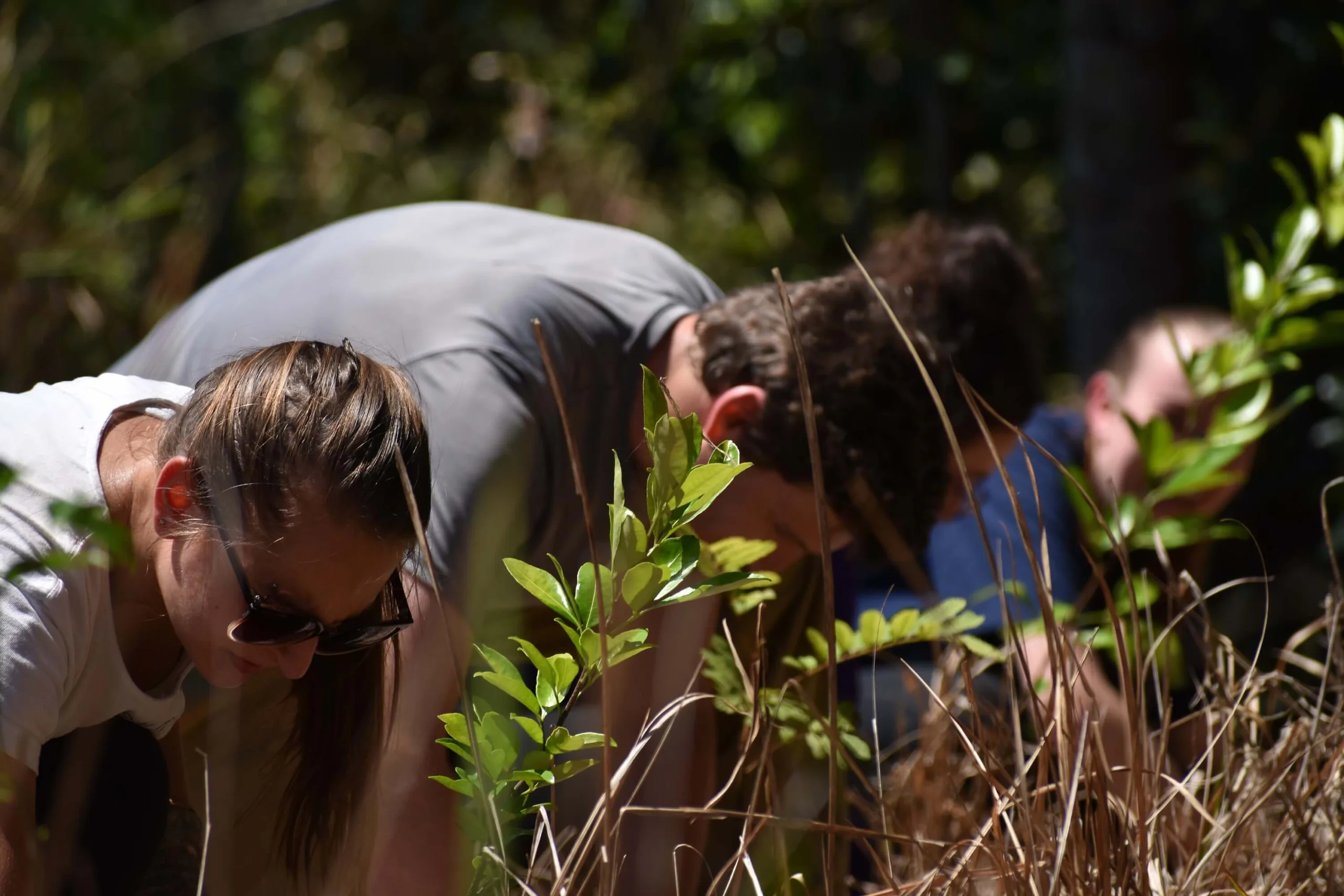“GISsssss…”
For directed research projects, I was a part of the “GIS Dream Team” working with Dr. Sigrid Heise-Pavlov—a.k.a. Siggy—to develop a comprehensive revegetation database for the Tablelands of Far North Queensland. Before we began work with the ArcGIS software, we trekked around tree planting sites, collecting GPS waypoints as we went. Sometimes this was easy and only required a stroll around a rectangular-sized plot. Sometimes this meant cutting through high-risk fields with tall grasses and wild tobacco stumps. Why were these fields high-risk? The snakes of course! This was the rhyme I developed to lift our spirits during this risky walk: “Ela-pi-dae. You-are-not-going-to-kill-us-to-day” (Elapids are front fanged serpents such as the Eastern Brown Snake or Coastal Taipan, which are highly venomous and prevalent in farm fields). Of course, our tall boots and long pants helped too.
With these waypoints, we were ready to develop our database, complete with polygons and attribute tables. Yet, one of the issues with using the attribute table in ArcGIS as the database was that it was difficult to view and edit. To mitigate these issues, we transferred the existing database to Microsoft Access, renamed and defined attributes. This allowed us to define relationships between planting sites and various attributes and set the framework for a query-based database.
Alas, ArcGIS is not glamorous and often causes headaches, computer crashes, and the faint-hearted to fall into the “GIS-Valley of Despair.” It is a humbling experience, and many people who worked with it for years are still likely to have no idea what they are doing (or they are lying about it). This project attracted my attention because of its relevance to the long-term success of rainforest revegetation in the Tablelands. Tree plantings are completed every wet season thanks to the help of various governmental and non-governmental organizations such as T.R.E.A.T. (Trees for the Evelyn and Atherton Tablelands) and QPWS (Queensland Parks and Wildlife Service). Without anywhere to store information or anyone to ask questions, it would be difficult to evaluate the success of revegetation efforts.

Mary and Harry planting trees on site. Photo courtesy of Bridget Gilmore

Revegetation. Photo courtesy of Bridget Gilmore
Related Posts

Camila Rojas: Alumni Spotlight⭐

